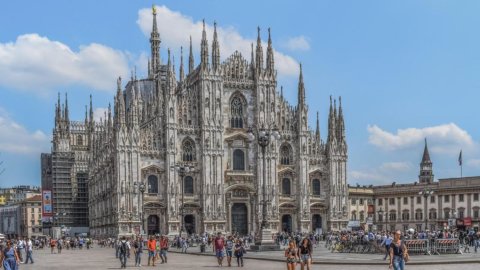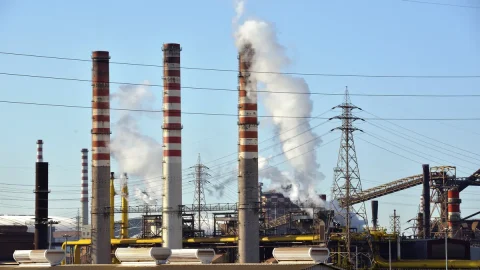The Covid crisis has not affected everyone equally, neither in Italy nor elsewhere. And even less in Lombardy, the driving force of the country where about a fifth of the national GDP is produced. According to the report "The economy of Lombardy" presented by the Bank of Italy, for example, industrial production fell by around 10% in 2020, in line with the Italian average, but in some sectors companies with more than 250 employees (therefore large companies) recovered pre-pandemic levels as early as the end of last year, i.e. still in full pandemic, while SMEs suffered to the point of remaining significantly below that level. The Lombard curve follows the one already known at national level: deep red in the first half, sustained recovery in the third and new slowdown in production in the last part of 2020. 2021 also started sluggishly, and the forecasts of the Bank of Italy they stop there, in the first quarter.
The same goes for the regional GDP, which decreased by 9,4% according to Prometeia estimates, slightly more markedly than the national average. Here too the script is for a collapse in the second quarter of 2020, with a subsequent recovery but a new decline in winter. Although there is time of moderate optimism for this second half of 2021, thanks to the reopenings and also to the first tranche of European funds which should arrive as early as the summer, the pandemic has left heavy marks both numerically and strategically, even on the country's strong economy at a regional level. For example, the Bank of Italy notes that the turnover of Lombard companies has decreased by 6% but above all that the fall in demand and the fear of permanent consequences on the economy have had negative repercussions on capital accumulation: almost 60% of companies reduced investments in 2020, resulting in a 12,6% drop in flows, much worse than in 2019.
He pays the consequences too the ecological transition, the great paradigm of the moment, the one that will guide a large part of global policies and private investments in the coming years. Among the investments that failed due to the pandemic, the first to jump were precisely those linked to sustainability: in Lombardy 45% of companies suspended or postponed that type of operation, in any case better than in the rest of Italy where reached 50%. It should also be noted, however, that still in Lombardy 37% of businesses have found the strength and will to believe all the more in environmental policies and even to make additional investments to those envisaged: here the figure is considerably better than in the national one, where only 28% of companies followed this strategy.
In 2020, the health emergency abruptly interrupted the moderate recovery phase it had affected the construction sector since 2016. Production stopped in March and April following government measures to suspend operations. According to the Bank of Italy survey, the total production of the sector decreased by about 10%. The health crisis also had repercussions on the real estate market, which in 2019 had instead recorded sustained expansion. Home sales fell by 2020% in 7,9 compared to the previous year, in line with the trend recorded in the Italian average. On the other hand, however, prices have increased, much more than the national average, driven above all by the city of Milan, which in this sense has confirmed itself as an exception compared to the panorama of the rest of the country.
Obviously exports and foreign exchanges in general collapsed by double digits: the greatest supply difficulties for Lombard companies were recorded from and to China, while trade and the supply chain with the United States, as well as obviously with European partners. Finally, the work. There has actually been a massacre of jobs, but it was partly compensated for by new hires again in 2020: the drop in employment was 1,7% (-2% in Italy), corresponding to approximately 77.000 fewer employed than in 2019, but in the end the balance between hirings and terminations was negative "only" for a little less than 22.000 job positions (although almost 100.000 fewer jobs were created than in 2019). Demonstrating that the debate on the massacre of VAT numbers leaves the time it finds, and the data confirm that employees have been the most affected by the crisis despite the use of the CIG: self-employed workers and fixed-term employees have decreased respectively by 2,1 and 14,6%.





